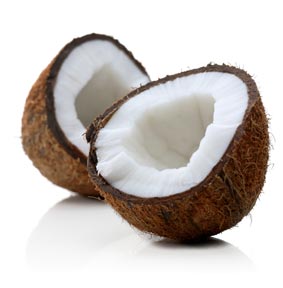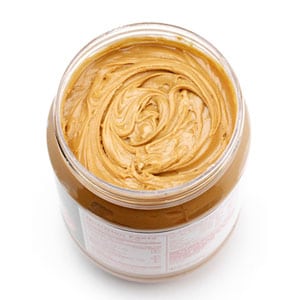The words written on food packaging are a contract between you and the manufacturer, as mandated by the federal government via the FDA. Many food producers hire lawyers that help them craft words to get you to buy their products while toeing the line of legality. Here are a few common package proclamations that you should look out for, and what they really mean.
1. Flavored
Both natural and artificial flavors are actually made in laboratories. But natural flavorings are isolated from a natural source,
2. Drink and cocktail
The FDA requires that the amount of juice be labeled on a package when it claims to contain juice. The words drink and cocktail should have you checking the label for percentages and hidden sugars. But beware: even a product labeled 100 percent juice could be a mixture of cheaper juices, like apple juice and white grape juice.
3. Pure
100 percent pure products such as orange juice can be doctored with flavor packs for aroma and taste similar to those used by perfume companies. By now we all know about the use of flavor packs added back to fresh-squeezed orange juice like Tropicana and Minute Maid.
4. Nectar
The word nectar sounds Garden of Eden pure, but according to the FDA it’s just a fancy name for “not completely juice.” The FDA writes: “The term ‘nectar’ is generally accepted as the common or usual name in the U.S. and in international trade for a diluted juice beverage that contains fruit juice or puree, water, and may contain sweeteners.” The ingredient list of Kern’s, a popular brand of peach nectar, contains high fructose corn syrup before peach puree.
5. Spread
Anything that uses the word spread, is not 100 percent derived from its main ingredient. Skippy Reduced Fat peanut butter is a spread
6. Good source of fibre
If it doesn’t look like fibre, it may not function like fibre. Products that are pumped full of polydextrose and inulin are not proven to have the same benefits of fruits, vegetables, and beans, foods naturally high in fibre. For true fiber-based benefit add some fruit to your yogurt.
7. Cholesterol free
Any product that is not derived from an animal source is cholesterol free. Companies add this to packaging to create the illusion of health. The product is not necessarily unhealthy, but you should see if there is something they are trying to distract you from–e.g., corn syrup or partially hydrogenated oils.
8. Fat free
PAM cooking spray and I Can’t Believe It’s Not Butter spray are fat free if used in the super miniscule and near impossible serving sizes recommended. PAM must be sprayed for ¼ of a second and the small I Can’t Believe It’s Not Butter spray bottle contains over 1,000 servings! Even then it’s not fat free it’s just below the amount that the FDA requires to be identified on labels.
9. Sugar free
This designation means free of sucrose not other sugar alcohols that carry calories from carbohydrates but are not technically sugar. Sugar alcohols are not calorie free. They contain 1.5-3 calories per gram versus 4 calories per gram for sugar. Also, certain sugar alcohols can cause digestion issues.
10. Trademarks
Dannon yogurt is the only company allowed to use the bacteria in yogurt called bifidus regularis because the company created its own strain of a common yogurt bacterial strain and trademarked the name. Lactobacillus acidophilus thrives in all yogurts with active cultures. Although Activa is promoted as assisting in digestion and elimination, all yogurts, and some cheeses, with this bacteria will do the same thing.
11. Health claims
Could a probiotic straw give immunity protection to a child? Are Cheerios a substitute for cholesterol-lowering drugs? The FDA doesn’t think so. Foods are not authorized to treat diseases. Be suspicious of any food label that claims to be the next wonder drug.
by Susan Floyd

